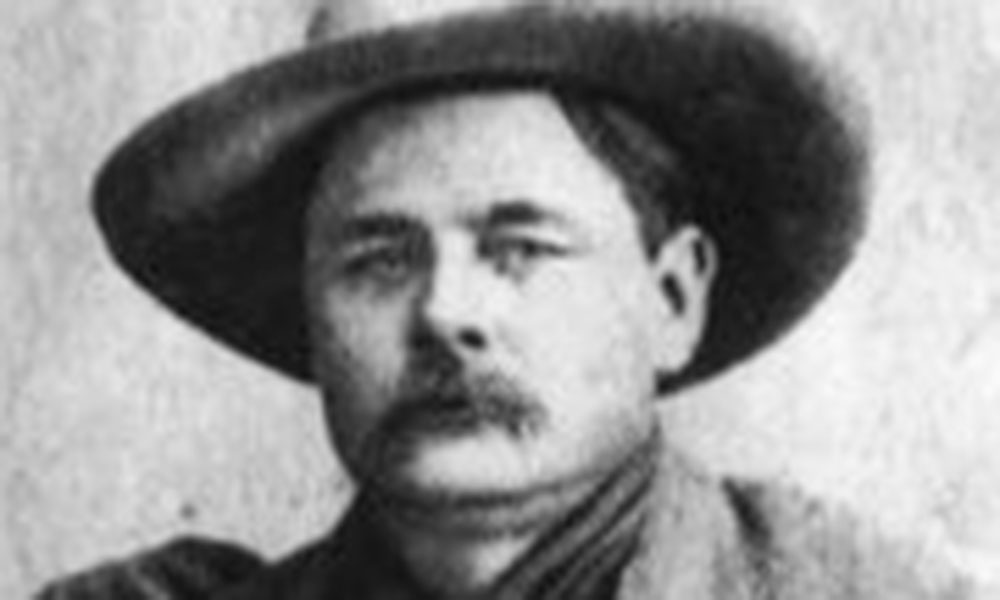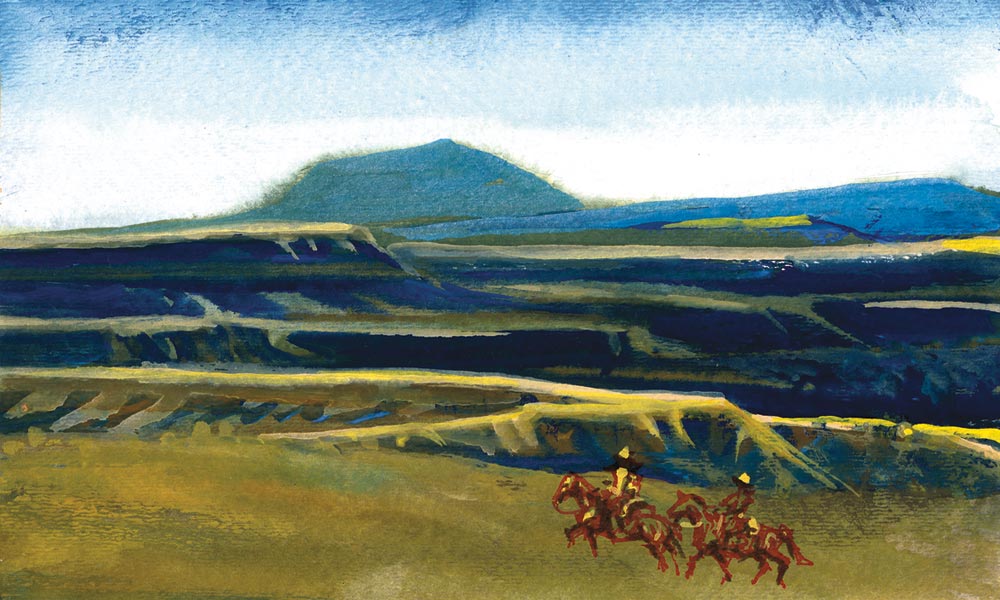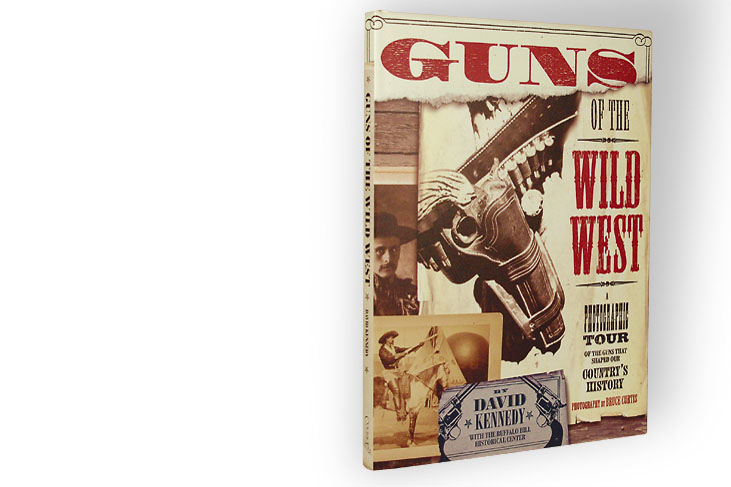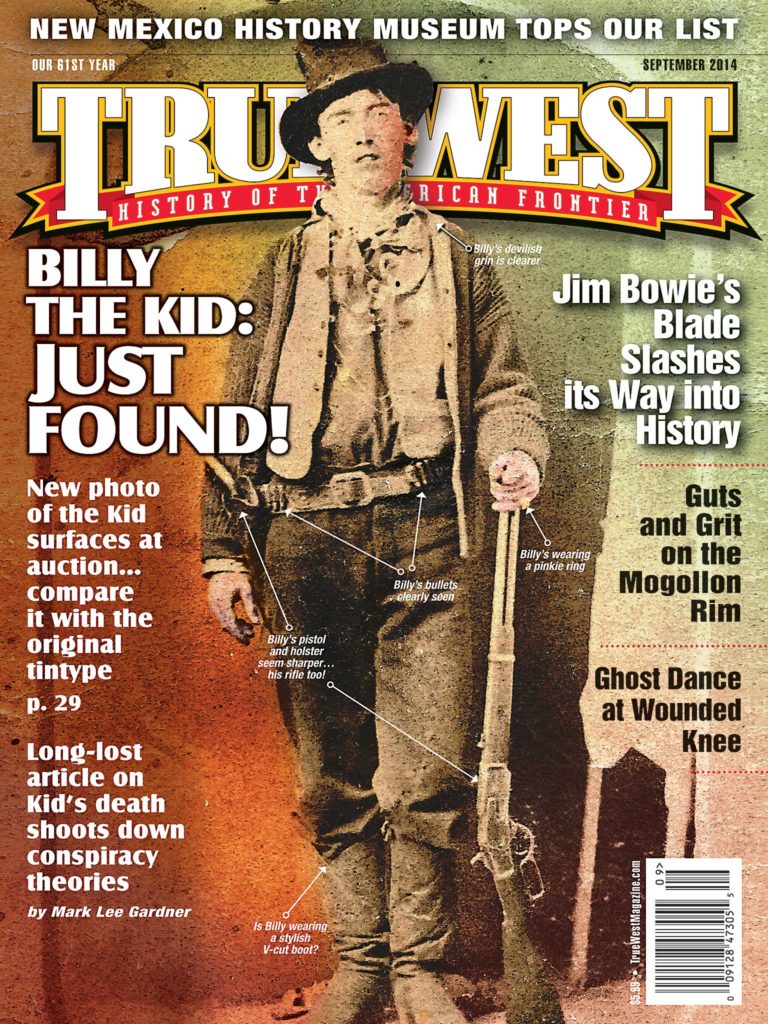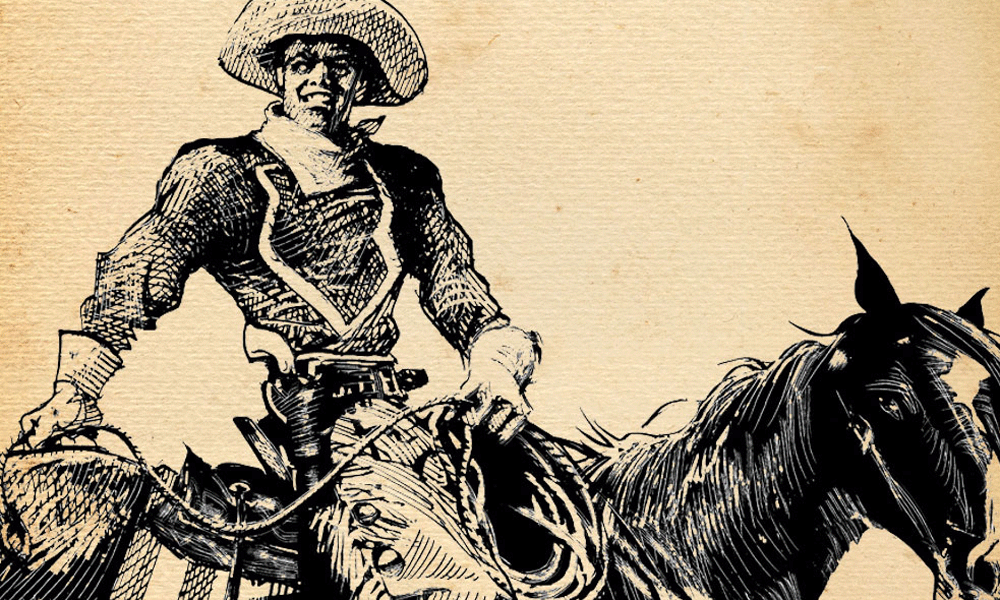
Curly Bill Brocius figured prominently in the outlawry along the Mexican border in the early 1880s. He was personally responsible for rustling thousands of Mexican longhorns and earned the dubious distinction of having his name mentioned in a number of hotly-worded diplomatic notes exchanged between the U.S. and Mexico. Newspapers at the time hailed him as the “most famous outlaw in Arizona.”
The rich discoveries of silver and copper in Cochise County greatly increased the population and the demand for beef. The close proximity to the Mexican border attracted a lawless element of cow-boys who raided the huge cattle ranches in Sonora and drove the herds north into Arizona where they were sold with no questions asked.
To the chagrin of both Mexicans and Americans the rustling was rampart on both sides of the border.
Two men from Galeyville named “Mac” McAllister and George Turner, described as cow-boys, secured a government contract to supply beef to Fort Bowie at the north end of the Chiricahua Mountains. Then, with two others they headed for Mexico where, near Fronteras on May 13th, they stole some 500 head belonging to rancher Jose Juan Vasquez.
Vasquez and his vaqueros caught up with the rustlers and in the gunfight that ensued, killed all four. During the fight the rancher was also gunned down. The so-called Turner massacre caused the cow-boys to threaten to ride into Fronteras and avenge the killings. It was rumored that a small army of cow-boys was headed for Sonora. In retaliation Sonora Governor Luis Torres sent two hundred infantry and cavalry to the border under the command of Felipe Neri to keep the cow-boys from crossing the border. Emotions were running high on both sides of the border.
Torres prevailed upon Territorial Governors John C. Fremont, then Acting Governor John Gosper to take action against the cow-boys. It was a political travesty. The governors were helpless to act. By law the responsibility lay with the Sheriff John Behan who claimed a lack of funds. The legislature refused to provide funds and the military declared it was illegal saying it was the responsibility of the civil authorities. Truth is American authorities, both civil and military, were either unwilling or unable to bring law and order in Cochise County.
In other words the cow-boys were given a free rein to continue their outlawry without fear of prosecution by civil authorities nor intervention by the military.
Marshall Trimble is Arizona’s official historian and vice president of the Wild West History Association. His latest book is Arizona Outlaws and Lawmen; The History Press, 2015. If you have a question, write: Ask the Marshall, P.O. Box 8008, Cave Creek, AZ 85327 or email him at marshall.trimble@scottsdalecc.edu.

